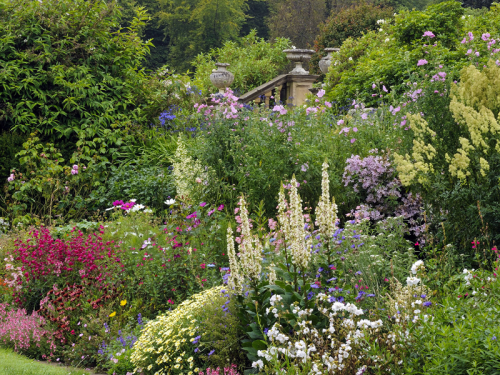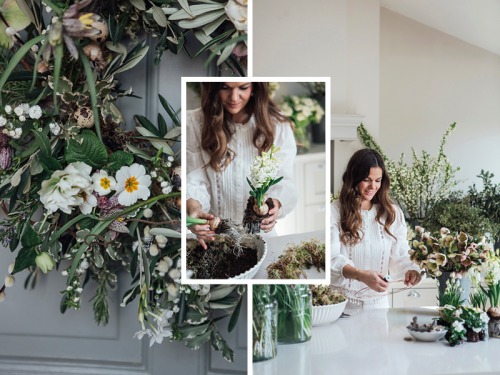Seven Super Tips for Growing Sunflowers this Spring
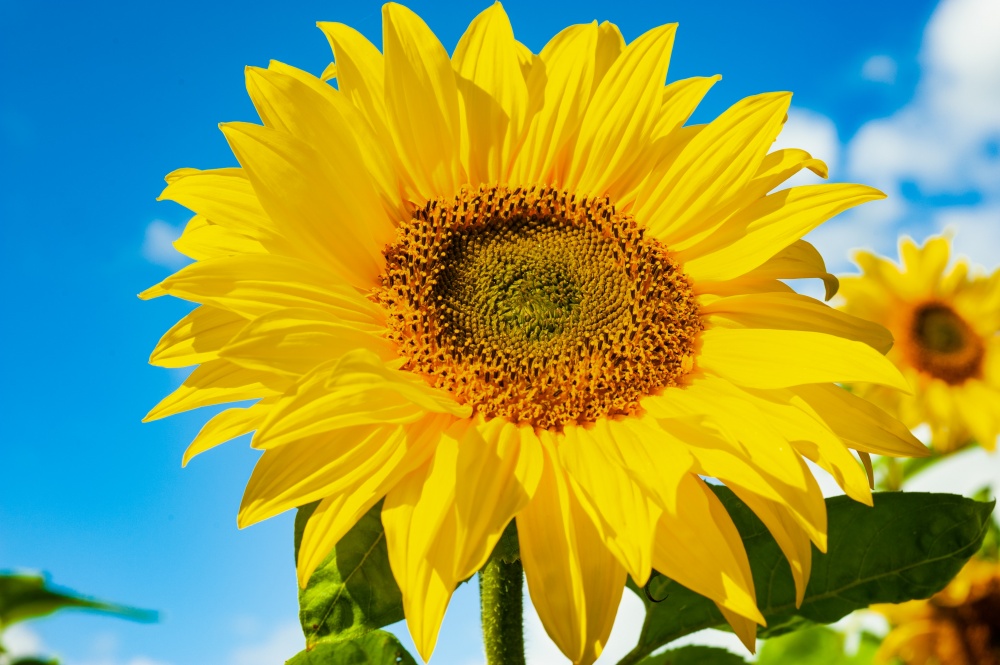
The humble sunflower is a safe way to bring some colour to your garden this season
Whether for their stunning appearance, ability to attract the ever-important bee or simply because planting them is a fun activity to do as a family, every year more and more people decide to grow sunflowers in their gardens. In fact last May, 12,100 people searched for ‘how to plant sunflower seeds’ in the UK – more than four times the monthly average.
While it couldn’t be more simple to grow sunflowers (it’s a great way to start your children’s green-fingered journey), it’s never a bad thing to get advice from an expert when it comes to gardening and Vine House Farm – home to the UK’s biggest sunflower fields – have put together the ultimate guide on how to grow and care for sunflowers. Nicholas Watts, who owns and runs the farm, has been successfully planting and harvesting sunflowers for more than a decade – here are his seven easy-to-follow sunflower grow and care tips.
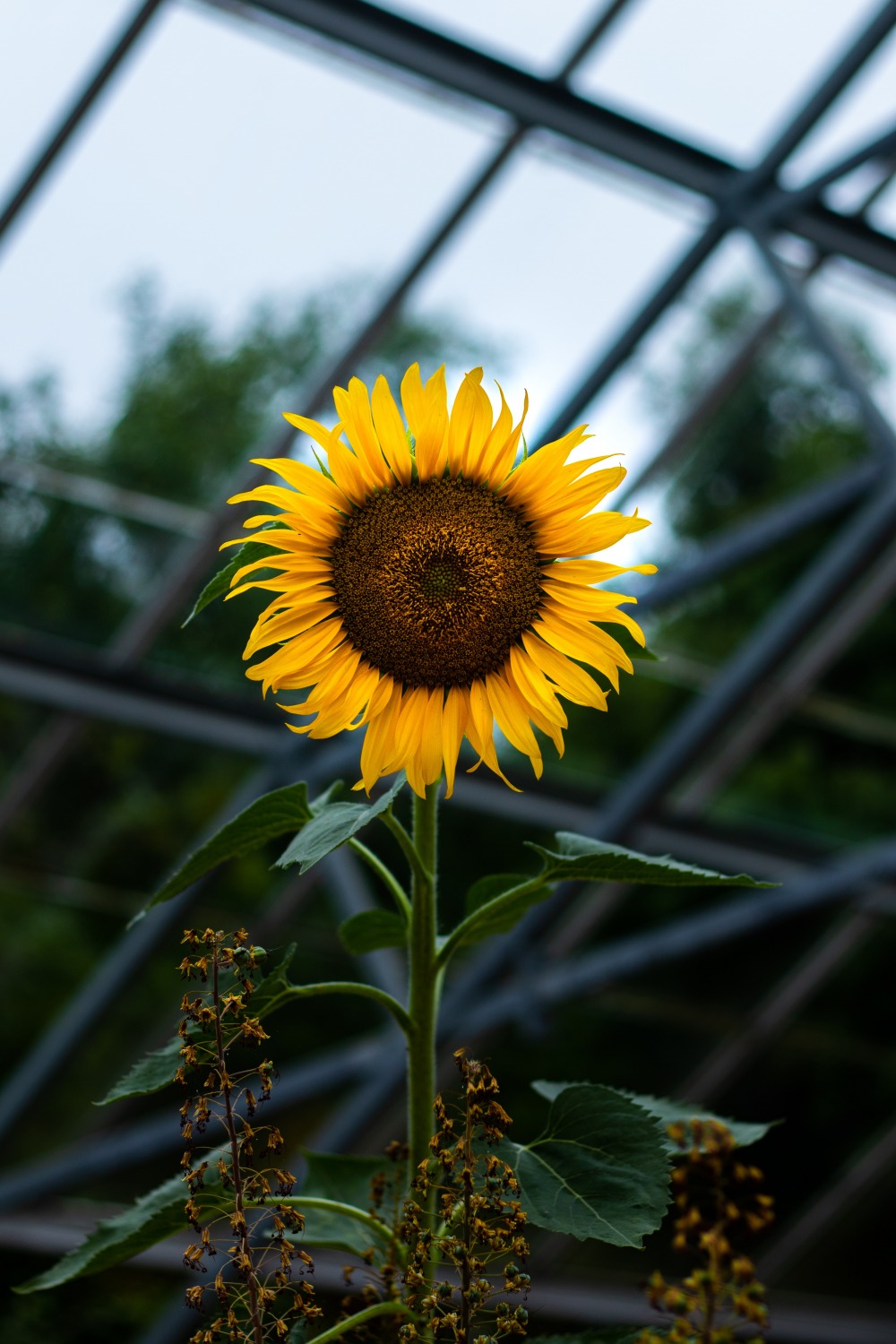
Seven Pro Tips for Planting Sunflowers
1. Choose the right breed
With more than 70 varieties of sunflowers to choose from, there really is a sunflower for everyone. Some sunflowers grow to be 20ft tall, others just a few centimetres. It’s important to choose the right breed to suit your garden size, layout and care abilities – as they will be different for each variety. Look on seed packets for ‘dwarf’ and ‘tall’ breeds for an indication of their height. Some of our favourite, easy-to-grow dwarf varieties include Sunspot, Topolino and, for hayfever sufferers, Teddy Bears. In tall varieties, good varieties include Russian Mammoths, Titan and Giant Yellow breeds. For those who prefer less conventional-looking sunflowers, the deep-red coloured Valentine dwarf variety and the bronze-petalled Earth Walker tall variety are both very easy to grow.
2. Plant at the right time
Choosing the right time to plant sunflowers is important. Sow seeds under cover (such as in a greenhouse) in February-March, or sow directly in the ground or in roomy outdoor pots in April and May. At Vine House Farm, they plant seeds at specific times every year, to ensure optimum growth and summer blooms. Drill black sunflower seeds in April and May, depending on the weather and the wetness of the ground, then harvest the sunflower seeds from sunflowers in early October. Waiting until this time means the sunflower heads have gone brown and are waiting to die off, and the seeds have dried up.
3. Get the soil just right
Sunflowers are particularly hungry plants and they need a lot of nutrients to grow their bright petals and seeds, particularly if you’re growing larger varieties. Your soil should be nutrient-rich; if you’re planting under cover or in pots, you’ll want to use a peat-free multi-purpose compost. If you’re planting straight into the ground, it’s advisable to dig in organic matter or aged manure. If this isn’t possible, work a slow release fertiliser into the ground. Dig this in when planting, around 8’’ deep into the ground ideally. Depth is very important here, as this will ensure there’s plenty of food available for your sunflower’s long roots. If your garden has very clay-heavy soil it won’t drain properly, and this will lead to root rot in your plants. Digging in compost will help with this. Likewise, ensure any potted sunflowers are draining properly.
4. Choose the perfect spot
Where you plant your seeds makes all the difference when it comes to growing healthy sunflowers. As the name suggests, sunflowers need lots of sunlight to flourish – at least six hours of direct sunlight a day. Avoid planting sunflower seeds in shady areas, or where sunlight is only direct for a few hours a day. A lack of sunlight leads to weaker stems, less height and duller flowers. It can also impact a flower's ability to produce seeds. The second thing to bear in mind when choosing where to plant sunflower seeds is wind. If you can, choose less exposed areas of your garden such as between hedges or walls. This will stop flowers being blown over in strong breezes. You can, of course, stake sunflowers – and we would encourage this if you opt for taller varieties – but this is not 100 percent wind-proof.
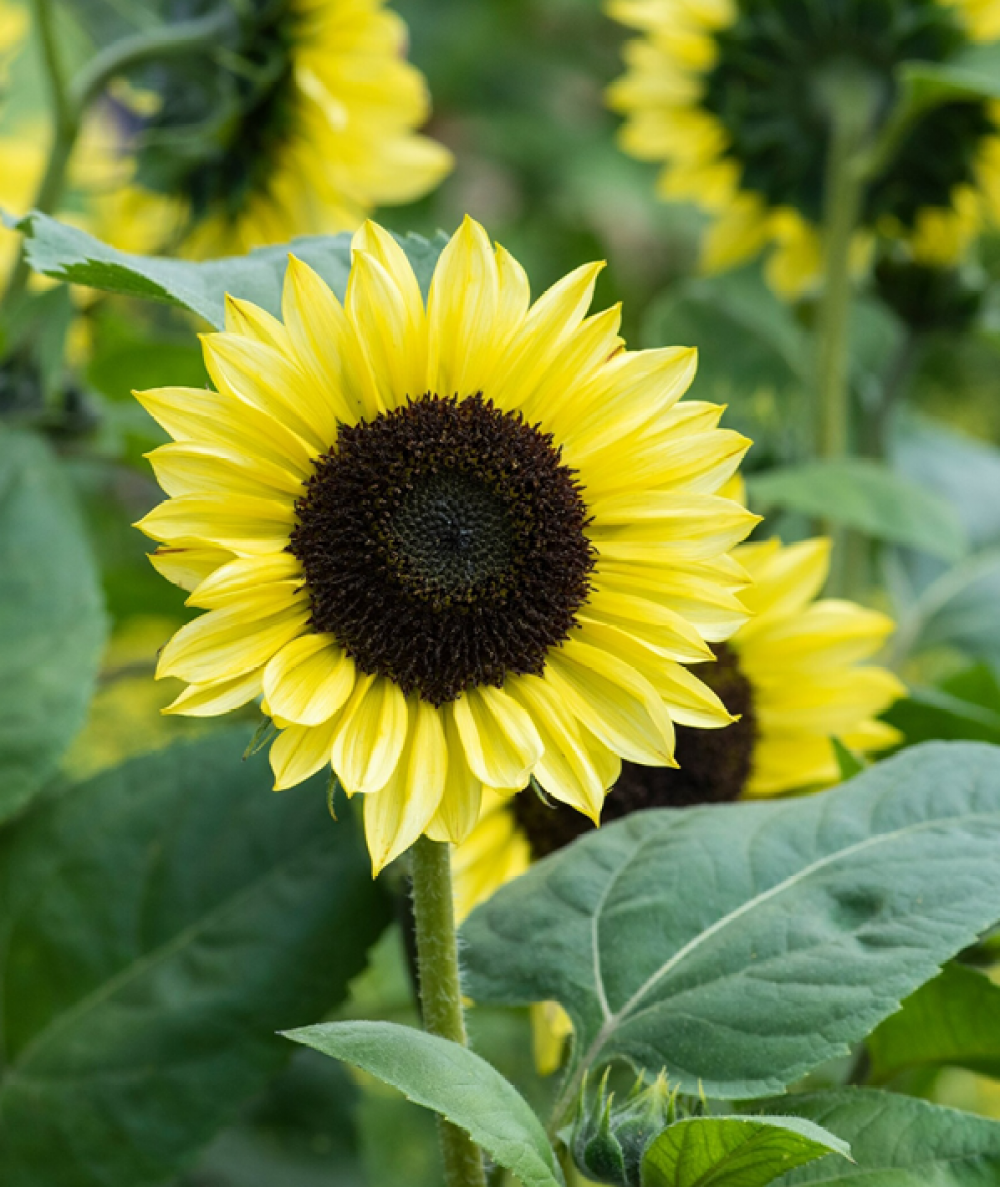
5. Sunflower watering tips
Sunflowers need different amounts of water depending on which stage of the growing process they are in. For example, germinating sunflower seeds need more water than established plants. Sunflower seeds take around 10 days to germinate if kept in the right conditions. Keeping soil moist is especially important at this stage. If you are planting them under cover first, water them daily so that soil is moist but not wet, and ensure seedling pots are well drained. To retain plenty of moisture at this stage, cover pots in clingfilm. Sunflowers planted outside need to be kept moist, with rainfall and irrigation. The three weeks after they have bloomed are the most important for keeping them watered, as this will develop the thickness of their stems. Be wary of the soil dampness after rainfall and add more water if it is too dry during periods of low precipitation.
6. Stake big breeds
Not all sunflowers need to be staked. However, some tall varieties that are likely to be exposed to frequent winds can benefit from being supported to prevent them from falling down. If you are planting sunflowers in areas where there is less than ideal sunlight, you could also consider using a stake for additional support for sunflowers which are unable to grow a strong stalk. To stake a sunflower, you can tie it to a cane, solid stick or fence. Use a thin piece of twine to attach the stake to the stem of the sunflower, tying the two with a figure of eight motion. If needed, attach it in a few different areas along the height of the stem.
7. Keep bugs away!
A number of garden pests are attracted to sunflowers (and their seeds). Sunflowers are known to be a favourite of slugs and snails, but there are also a number of other garden pests that like to feed on sunflowers. Though it can be difficult for many to identify and stop different types of pests from getting to their sunflowers, the best way to start to do this is to first understand how different insects feed on sunflowers at different stages in their life cycle.
When sunflower seeds start to germinate – in the first 10–15 days after being planted in the ground – they grow into seedlings. They are small and delicate during this stage, and tend to attract smaller garden feeders. Wireworms, cutworms and sunflower beetles are common feeders of seedlings. These insects are all very small to the naked eye, so can be difficult to detect. One way to solve this issue is to place a round open object – like a cookie cutter or a cut bottle neck – around the circumference of the seedling. Make sure this is pushed a few inches deep, and this will stop cutworms and other ground-dwelling pests from getting to the fragile plants.
When sunflowers enter their ‘vegetative state’ (this describes the period when their stem and large leaves develop) thistle caterpillars and weevils can also become an issue. A great way to stop these is by placing coffee grounds around the base of flowers. Many of these pests do not like the smell or texture and will be deterred as a result. Later, when plants start to flower, lygus bugs, sunflower moths, sunflower midges, aphids and maggots can pose a potential threat. Gently wipe flower petals with a solution of warm water and dish soap, every two or three days. Try planting strong-smelling companion plants near sunflower beds to deter a host of insects, particularly slugs, snails and caterpillars. Lavender, mint, rosemary, Fennell, onions, garlic or geraniums are all great options.





